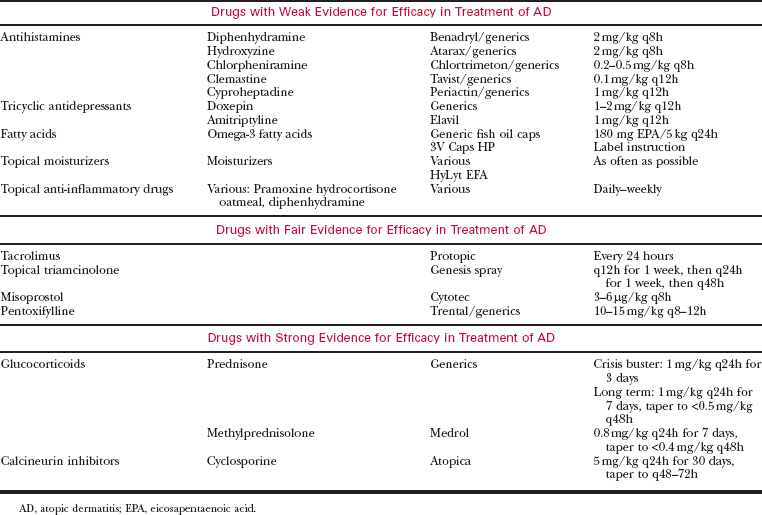Table 46-1 PHARMACOLOGIC AGENTS USED FOR THE SYMPTOMATIC CONTROL OF CLINICAL SIGNS OF ATOPIC DERMATITIS IN DOGS

Chapter 46 Atopic Dermatitis
Atopic dermatitis (AD) is a genetically predisposed inflammatory and pruritic allergic skin disease with characteristic clinical features. It is associated most commonly with immunoglobulin E (IgE) antibodies to environmental allergens: dust mites (house dust and storage mites), pollens (trees, grasses, and weeds), mold spores, danders, insects (moth, cockroach, etc.), and other miscellaneous allergens.
ETIOLOGY
Incidence in Dogs
Age and Sex Predilection
Breed Predilection
AD can affect dogs of any breed as well as mixed-breed dogs.
CLINICAL SIGNS
AD should be considered a differential diagnosis in any dog with the following:
Pruritus
Staphylococcal and Malassezia Dermatitis
AD in dogs is commonly complicated by recurrent staphylococcal pyoderma (see Chapter 38) and Malassezia yeast dermatitis (see Chapter 41).
Otitis Externa
Skin Lesions
Clinical Signs in Cats
DIAGNOSIS
The diagnosis of AD in dogs and cats is based on the following:
Differential Diagnoses
The following are the most significant differential diagnoses that need to be considered.
Diagnostic Approach
Use the following three-step approach in patients with suspected AD.



